Currently Empty: $0.00
Tai Chi Knowledge
Tai chi basics for new practitioners guide
Tai chi is an old Chinese martial art. It’s become super popular around the world because it’s good for your health and has smooth, easy movements. If you’re new to tai chi, starting can feel exciting but also kinda scary. This guide covers 12 essential aspects of tai chi for beginners, from choosing the right style to avoiding common mistakes. Want better balance? Less stress? Or just something different? This guide will help you start tai chi with confidence.
Table of Content
- best tai chi styles for beginners
- basic tai chi moves for starters
- how to breathe during tai chi practice
- tai chi clothing and shoes selection
- finding local tai chi beginner classes
- common tai chi mistakes to avoid
- tai chi benefits for mental health
- how often beginners should practice tai chi
- tai chi warm up exercises routine
- tai chi for balance improvement techniques
- best tai chi videos for beginners
- tai chi and back pain relief methods
- progress tracking in tai chi practice
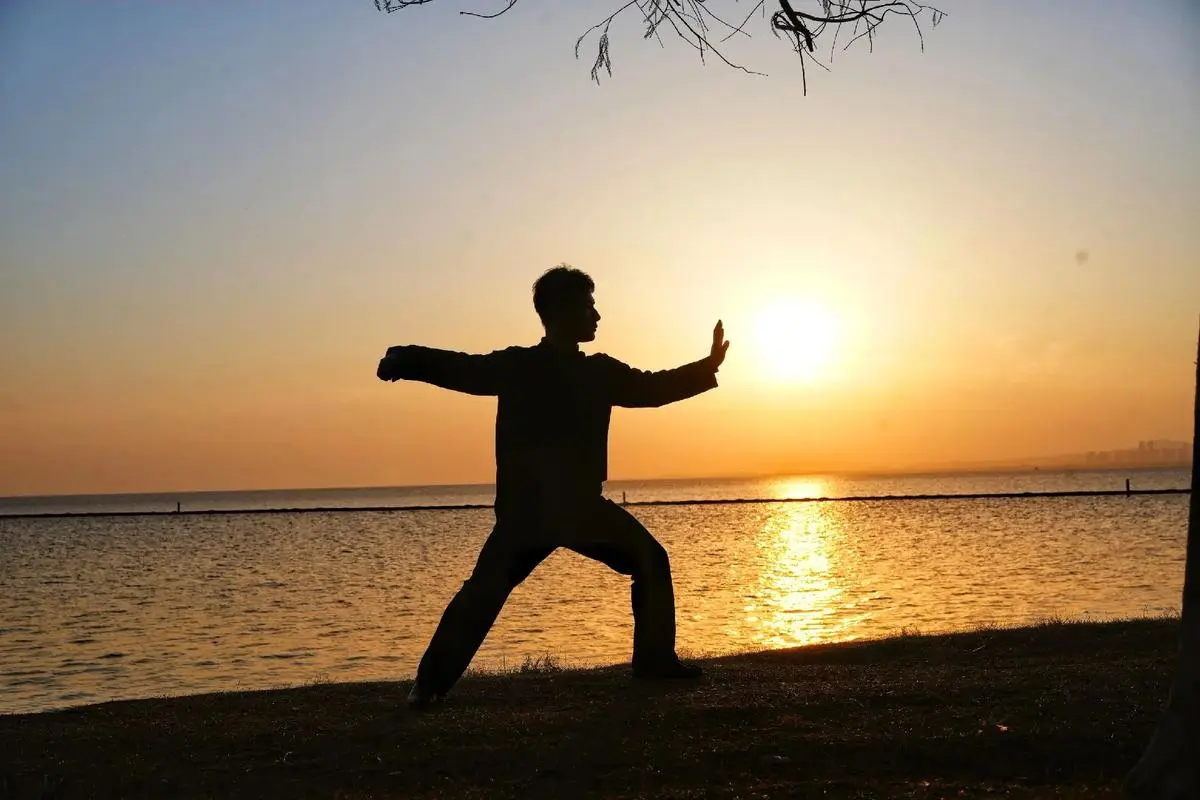
best tai chi styles for beginners
Picking the right style is super important when you begin tai chi.
Most folks suggest Yang style for newbies. It’s slow and graceful, and really focuses on relaxing. The Tai Chi Foundation says Yang style makes up more than 70% of beginner classes everywhere.
Chen style is tougher but mixes slow and fast moves. Some beginners actually like that. Wu style has you leaning forward a bit. It’s great if your joints bother you. My first class was Chen style – those quick moves killed me! Switched to Yang and it was way easier. Try out different styles at local classes or online before picking one. Lots of community centers have intro classes where you can try several styles at once.
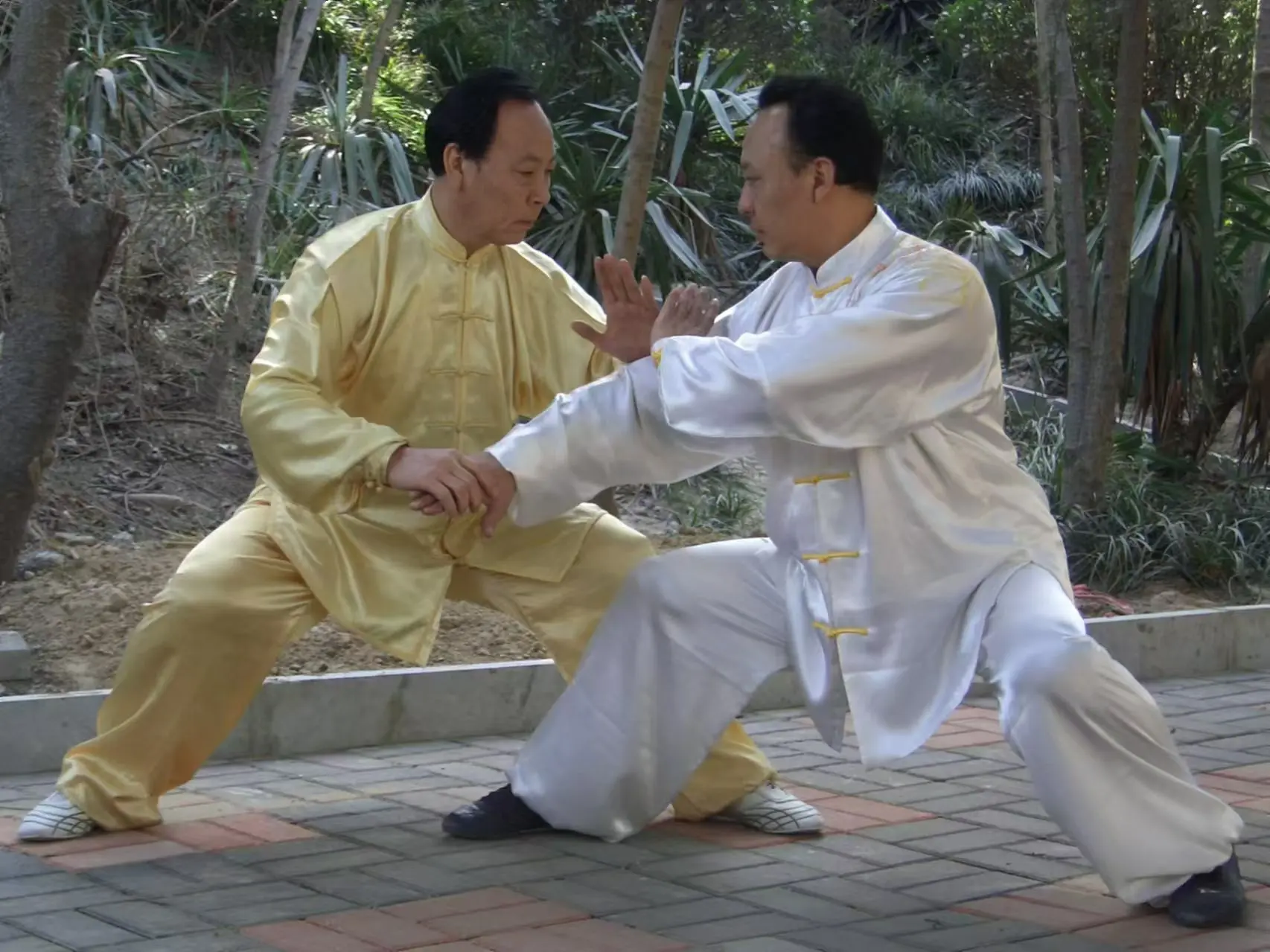
basic tai chi moves for starters
Tai chi starts with learning basics like Grasp Sparrow’s Tail and Wave Hands Like Clouds.
These basic moves help you learn how to shift your weight, stand right, and breathe properly. Dr.
Paul Lam, a renowned tai chi instructor, emphasizes that beginners should spend at least 20 minutes daily practicing these basics before attempting forms. I jumped into tough moves too fast and had to fix my mistakes later. Begin with the Commencing Form. It’s easy but shows you the key tai chi moves. Check yourself in a mirror or video. It takes time to feel how you’re moving. Most newbies do better learning moves in small parts – like 3-4 pieces – then putting them together.
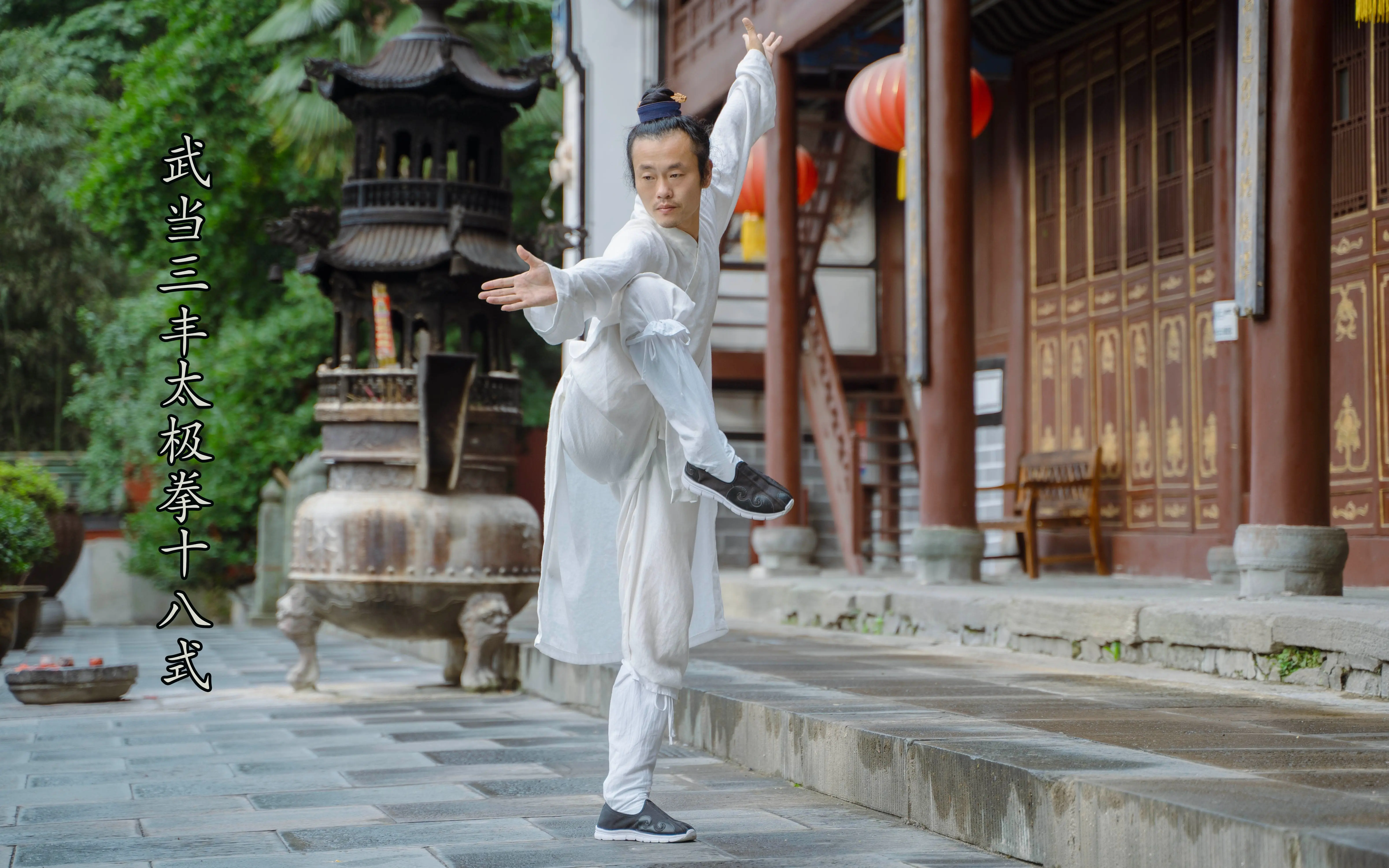
how to breathe during tai chi practice
Breathing right is what makes tai chi special – not just moving around.
Here’s the key: breathe in when opening up, breathe out when closing in. New folks often forget to breathe when focusing – I held my breath all the time at first! Harvard says belly breathing works best for tai chi.
First, just practice breathing: hand on belly, feel it rise when you breathe in. Then try it with easy moves like Rising and Sinking. Don’t force your breath to match moves – let it come naturally to start. Later, your breathing will match your moves without thinking. Breathing should feel easy. If you get dizzy, you’re trying too hard.
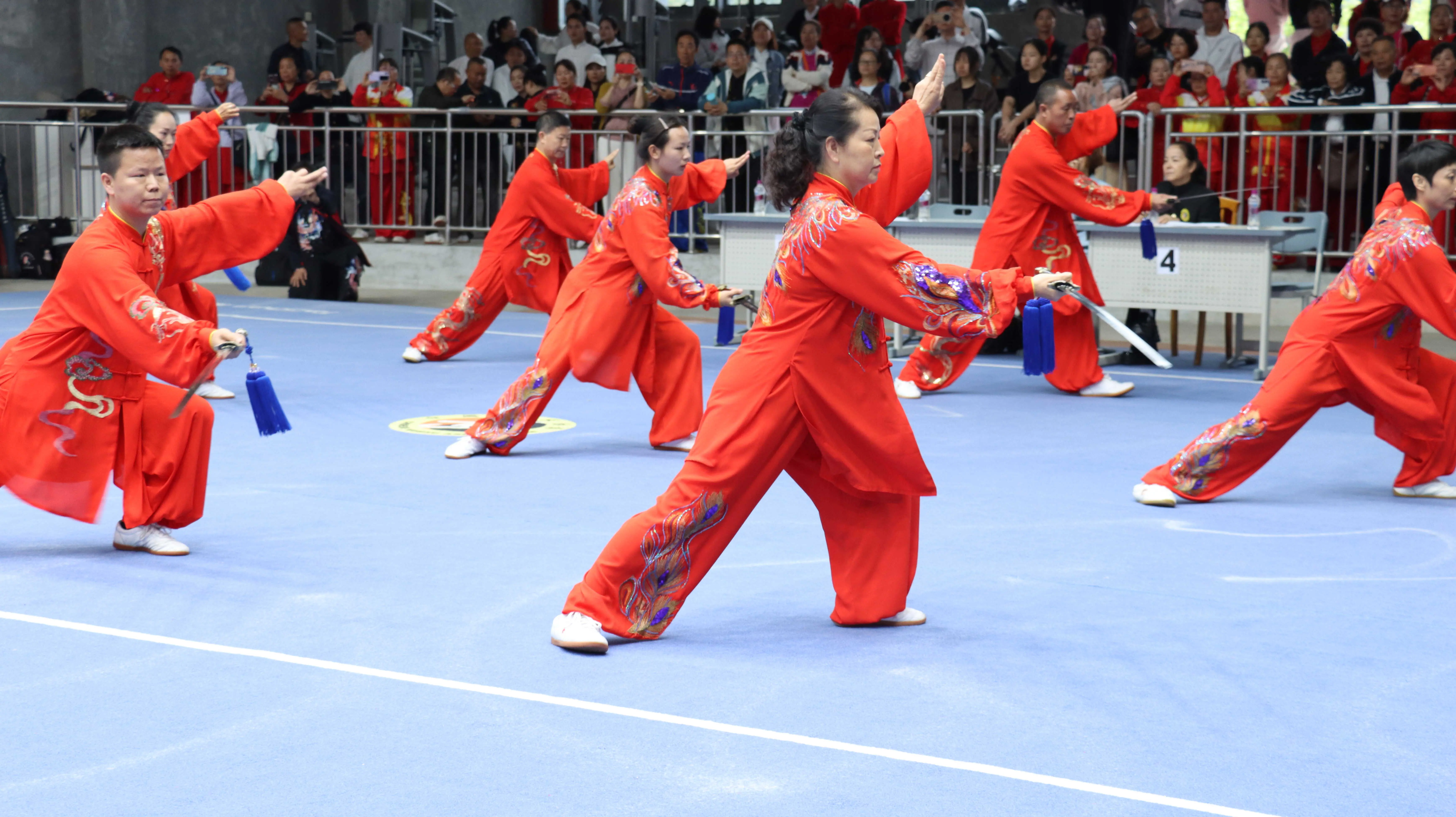
tai chi clothing and shoes selection
You don’t need special gear for tai chi, but the right clothes help.
Wear loose, comfy clothes that let you move. Fancy silk outfits can wait. Flat shoes with arch support are best. Lots of people wear kung fu shoes or simple sneakers.
I wore bulky running shoes at first – big mistake! They messed up my balance. A 2022 survey found most beginners like light canvas shoes best. Don’t get shoes that grip too much – they’ll stick when you turn. In cold weather, wear layers you can take off as you warm up. Comfort is everything. If you’re fussing with your clothes while moving, they’re wrong.
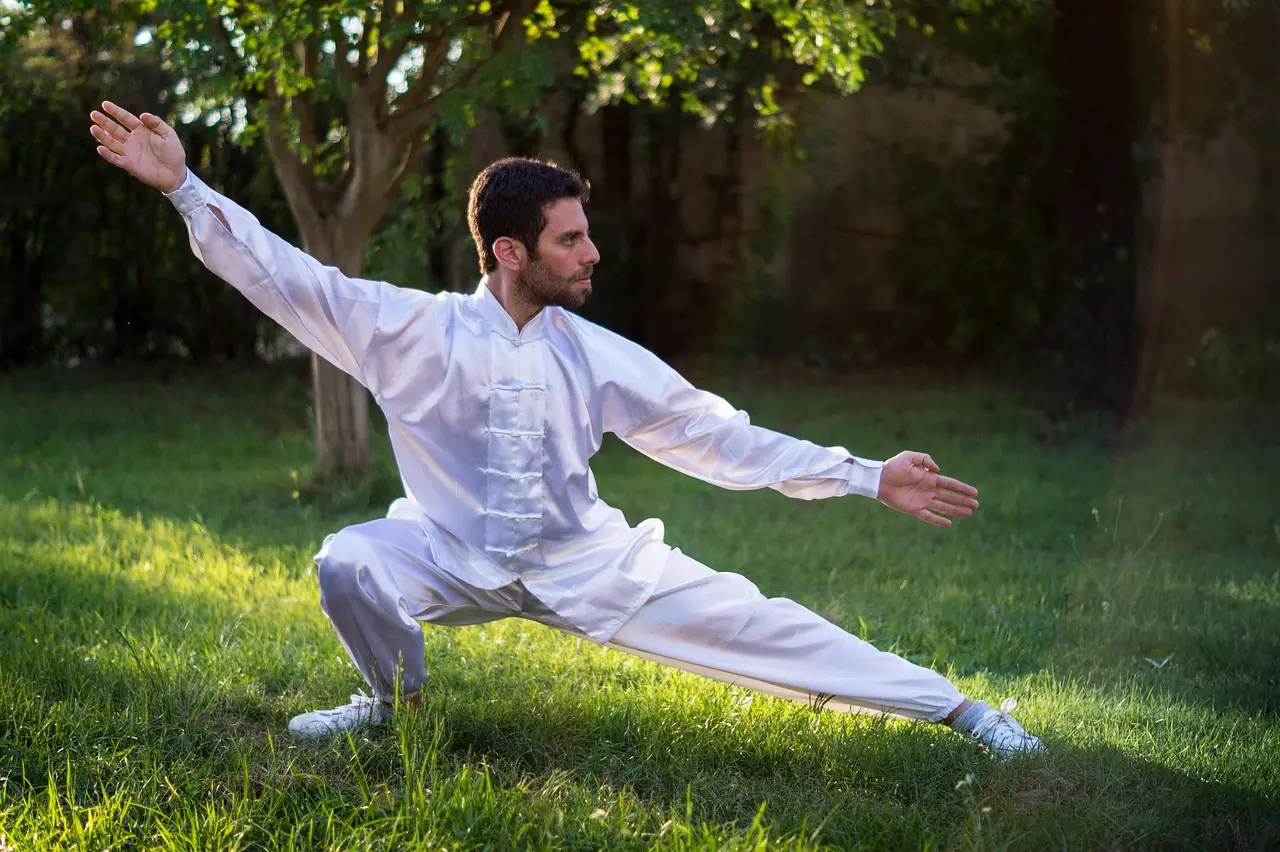
finding local tai chi beginner classes
In-person classes give you feedback videos just can’t.
Look for cheap classes at community centers, YMCAs, and senior centers – they often take all ages. I was shocked to find tai chi classes at my library when I first looked! The UK Tai Chi Union says watch a class first to see if you like the teacher’s style.
Find teachers with certificates from groups like the Tai Chi for Health Institute. Smaller classes (less than 15 people) mean more personal help. Lots of places do both in-person and online now. I learned faster doing both. First class feels weird? That’s normal. Give it 3-4 tries to feel comfortable.

common tai chi mistakes to avoid
New folks usually make the same few mistakes that slow them down.
Bending knees too far is the top mistake. Take smaller steps to stay safe. Another common goof? Speeding through moves to stay with the group.
Like my teacher said: tai chi isn’t a race. Slow and steady wins. A medical journal says 40% of newbies hurt their shoulders by holding arms too high at first. Bend elbows a bit and keep shoulders loose. And remember – don’t hold your breath or lock your joints. Here’s a tip: move like you’re in water – with smooth resistance. Video yourself to spot mistakes you don’t notice while moving.
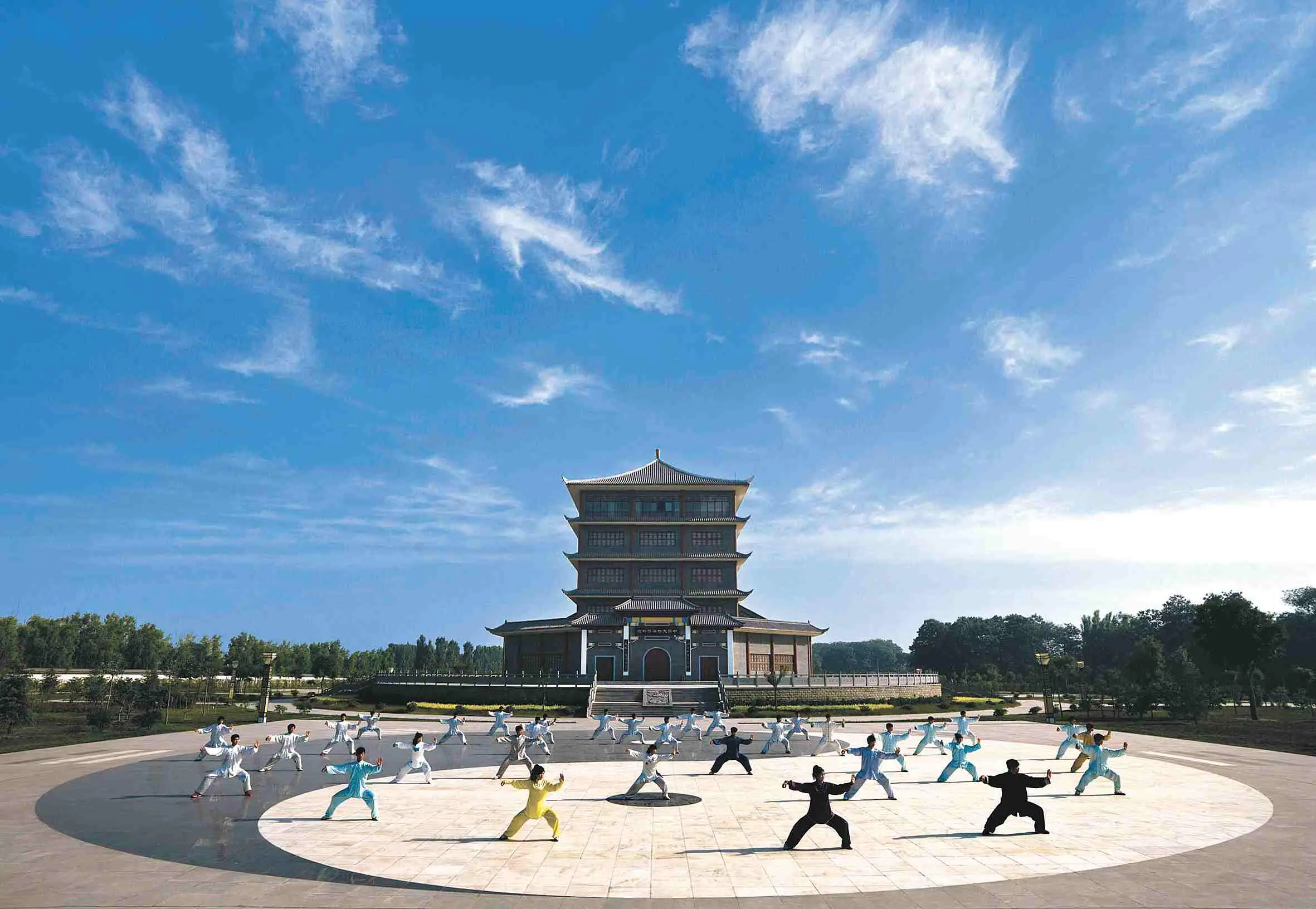
tai chi benefits for mental health
Tai chi’s great for mental health – something that surprises many new students.
A big 2021 study showed tai chi cuts anxiety by 31% compared to not exercising. Focusing on exact moves makes it like meditation in motion – super calming.
After three steady weeks, I was sleeping way better. Tai chi teaches patience too – slow progress helps with everyday stress. Deep breaths plus smooth moves help you relax and lower stress hormones. Just 10 minutes of simple tai chi can really help stressed beginners. People often get emotional as they relax – that’s normal and helps you heal.
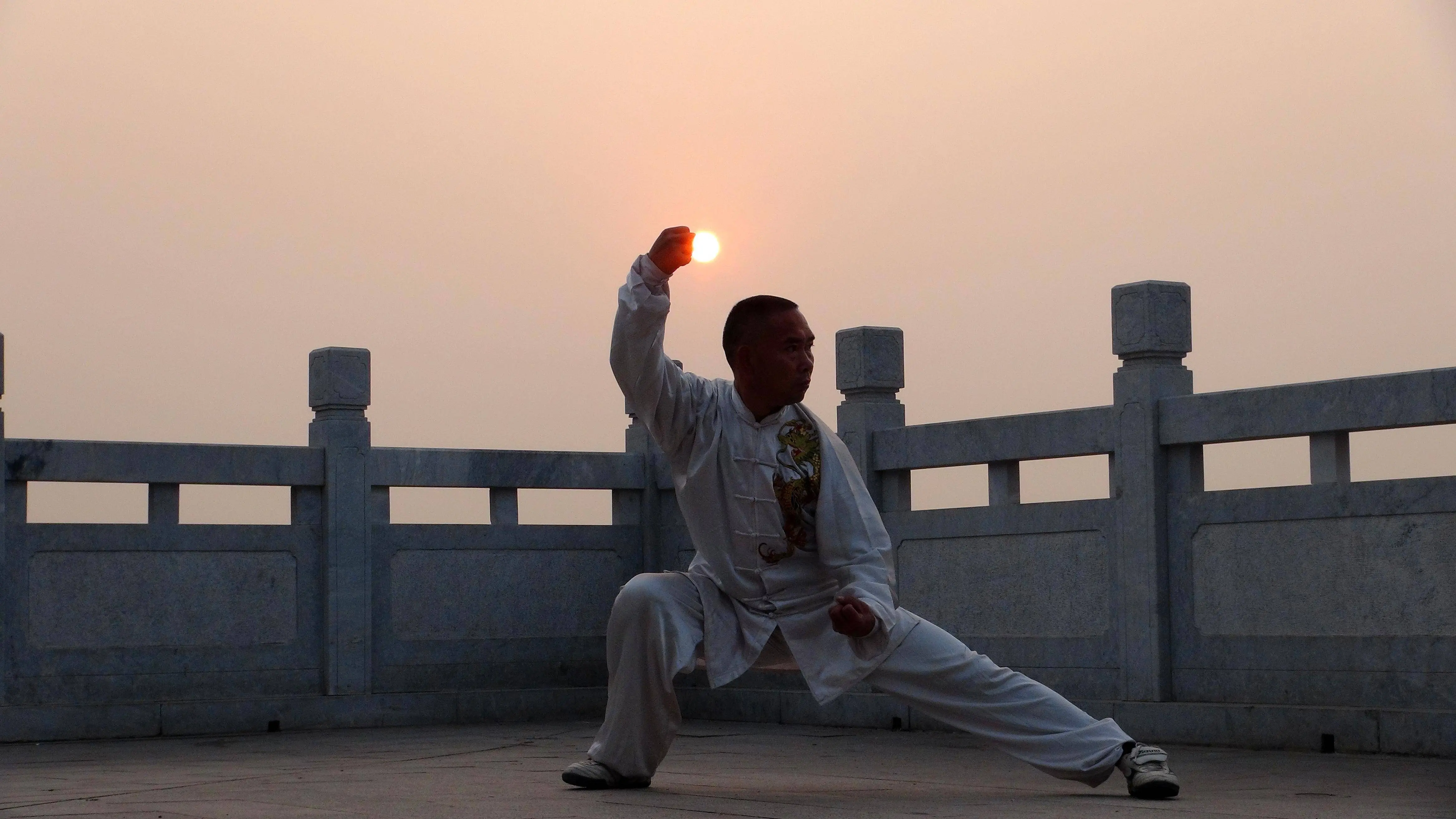
how often beginners should practice tai chi
When starting out, practicing regularly beats long sessions.
The American Tai Chi group says do 15-20 minutes daily instead of long, random practices. This way your body learns without getting worn out.
Practicing before breakfast really helped me remember moves better. Good times to practice: mornings to wake up, lunch to reset, or evenings to relax. Skip a day? Just pick up where you left off – no need to overdo it. Mark practice days on a calendar – seeing your streak keeps you going. Even the pros began with just five-minute sessions. Aim for a habit you can keep, not perfect moves right away.

tai chi warm up exercises routine
Good warm-ups keep you safe and make tai chi better.
Start by gently rotating joints – ankles to knees to hips, then shoulders and neck. Many schools use the Eight Pieces of Brocade as a great warm-up routine.
I hurt my wrists once, so now I always warm them up with circles and stretches. Moving stretches (like arm swings) work better than holding still before tai chi. Warm up 5-10 minutes, especially on tight spots – my hips always need it. China’s tai chi group says don’t forget to gently bend sideways to warm your lower back. No bouncy moves – keep warm-ups smooth like tai chi itself. You’ll know you’re warmed up when you feel limber but not tired.
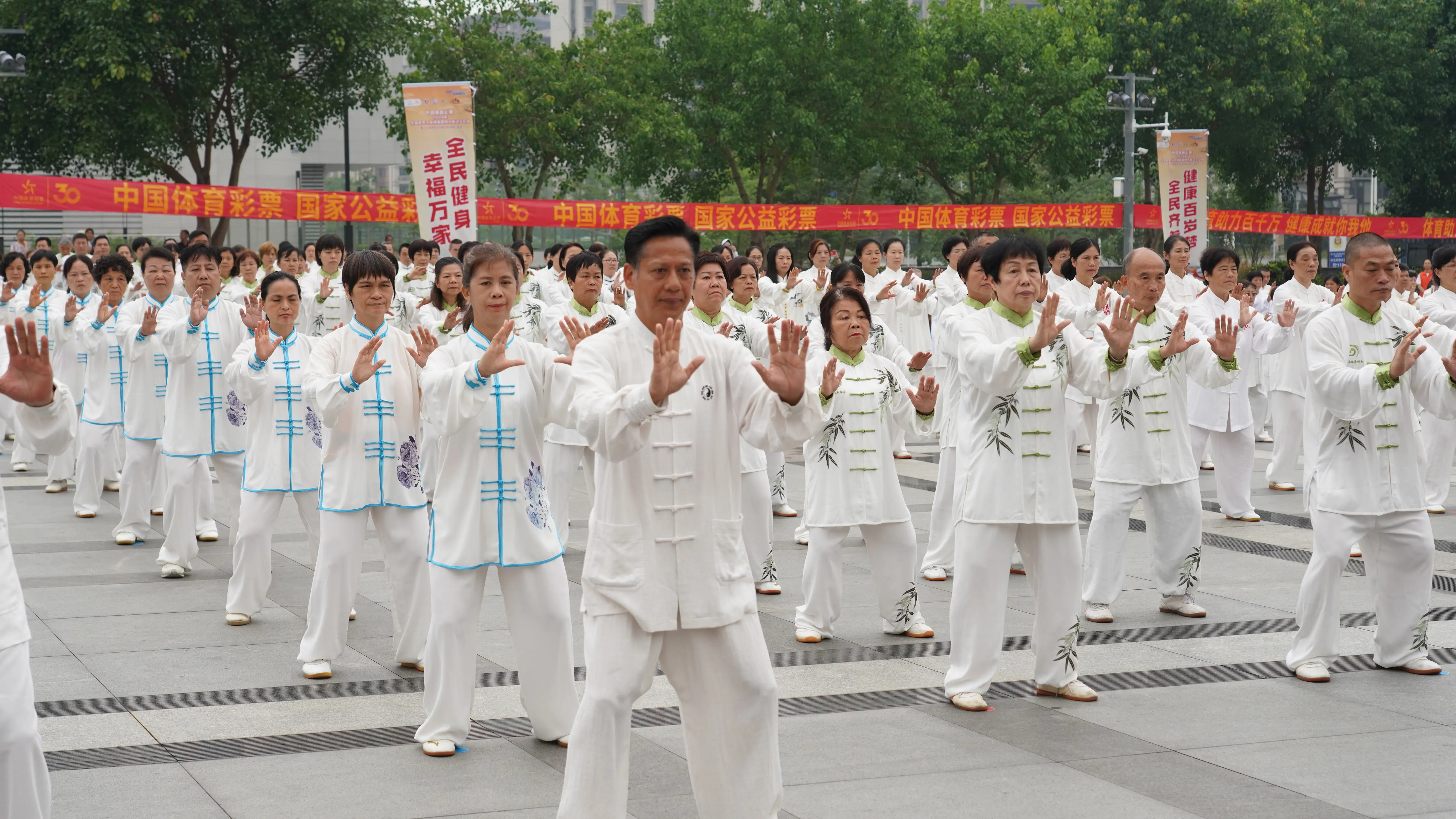
tai chi for balance improvement techniques
Tai chi famously improves balance, but you need the right techniques.
Start with basic weight shifts: from 100% on one foot to 50/50 distribution, then to the other foot. The Golden Rooster Stands on One Leg pose is excellent but begin by holding onto a chair for support.
A study in the New England Journal of Medicine found tai chi reduces falls by 45% in older adults. I noticed improved stability hiking after just two months of practice. Focus on rooting through your feet – imagine tree roots extending downward. Keep knees slightly bent and aligned over toes; many beginners lock knees, undermining balance. Practice near a wall initially if nervous about falling. Surprisingly, slow movements challenge balance more than quick ones by eliminating momentum’s assistance.
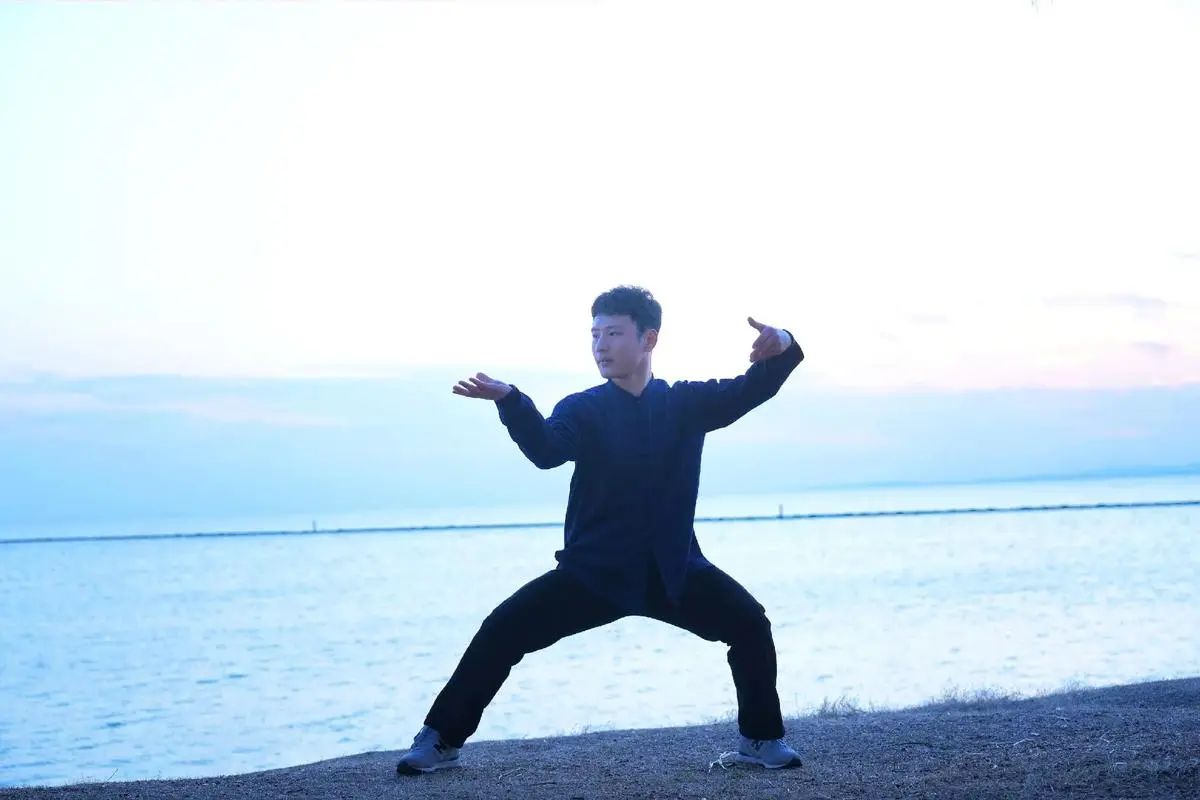
best tai chi videos for beginners
Quality video instruction can supplement in-person learning.
Look for videos that break down movements frame-by-frame rather than demonstrating full forms. Dr.
Paul Lam’s Tai Chi for Beginners series is gold standard, with clear explanations of each move’s purpose. I found Yang-style videos easiest to follow initially. Avoid flashy productions with distracting backgrounds – simple settings keep focus on the instructor. The Tai Chi Foundation’s YouTube channel offers excellent free beginner content. When using videos, practice in a spacious area where you can see the screen without craning your neck. Many learners (myself included) benefit from watching the same video multiple times before attempting the movements. Consider streaming options that allow slowing playback speed for complex sequences.
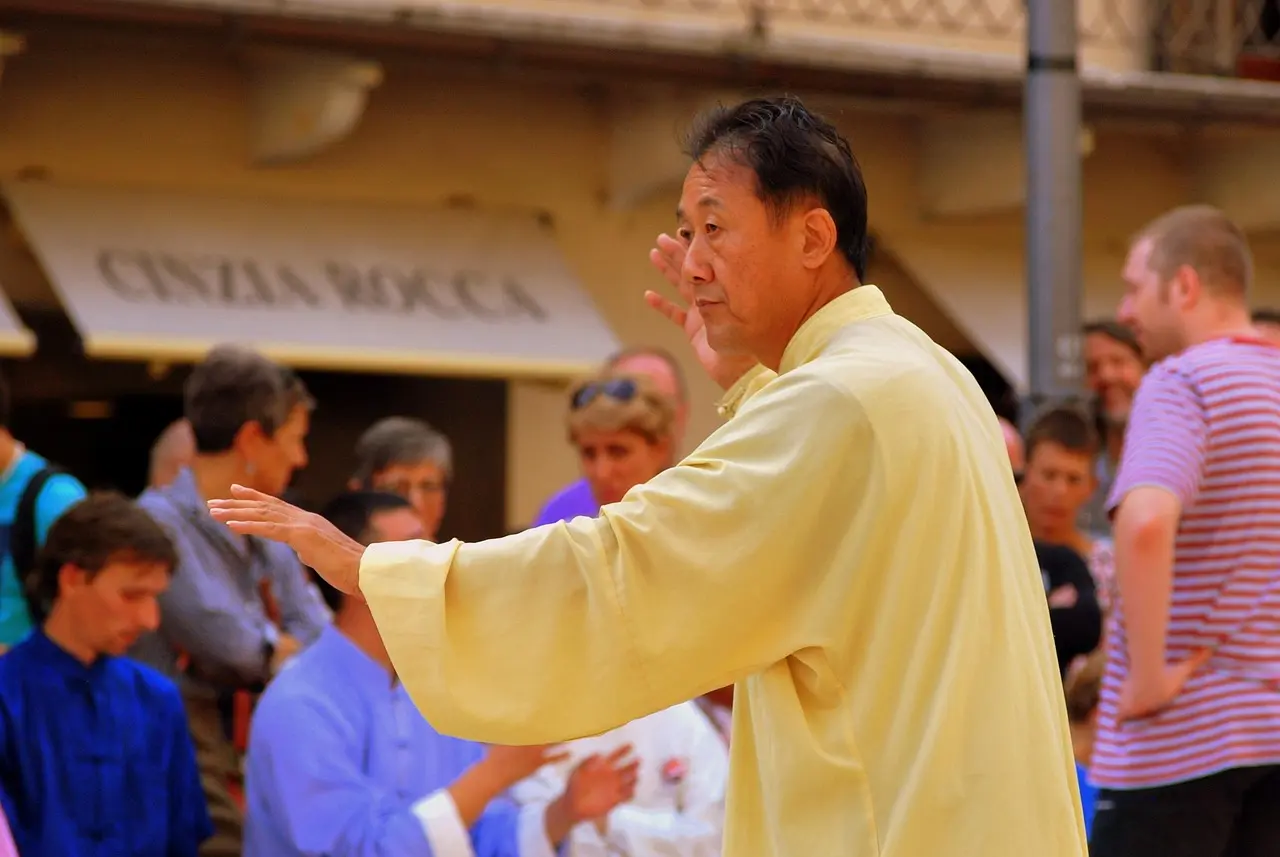
tai chi and back pain relief methods
Tai chi’s gentle motions make it ideal for back pain sufferers, but proper technique is crucial.
Begin with modified postures if needed – higher stances reduce lumbar strain. The Cloud Hands movement gently mobilizes the spine when done correctly.
A Johns Hopkins study found 73% of chronic back pain patients reported improvement after 12 weeks of tai chi. I credit tai chi with resolving my decade-long sciatica when other therapies failed. Avoid overarching your back during movements; maintain sung (relaxed upright posture). Focus on initiating movements from the dantian (energy center below navel) rather than the spine. Many beginners mistakenly think deeper bends are better – actually, subtle movements often provide more therapeutic benefit for back issues. Consult a physical therapist or tai chi therapist if you have specific spinal conditions.
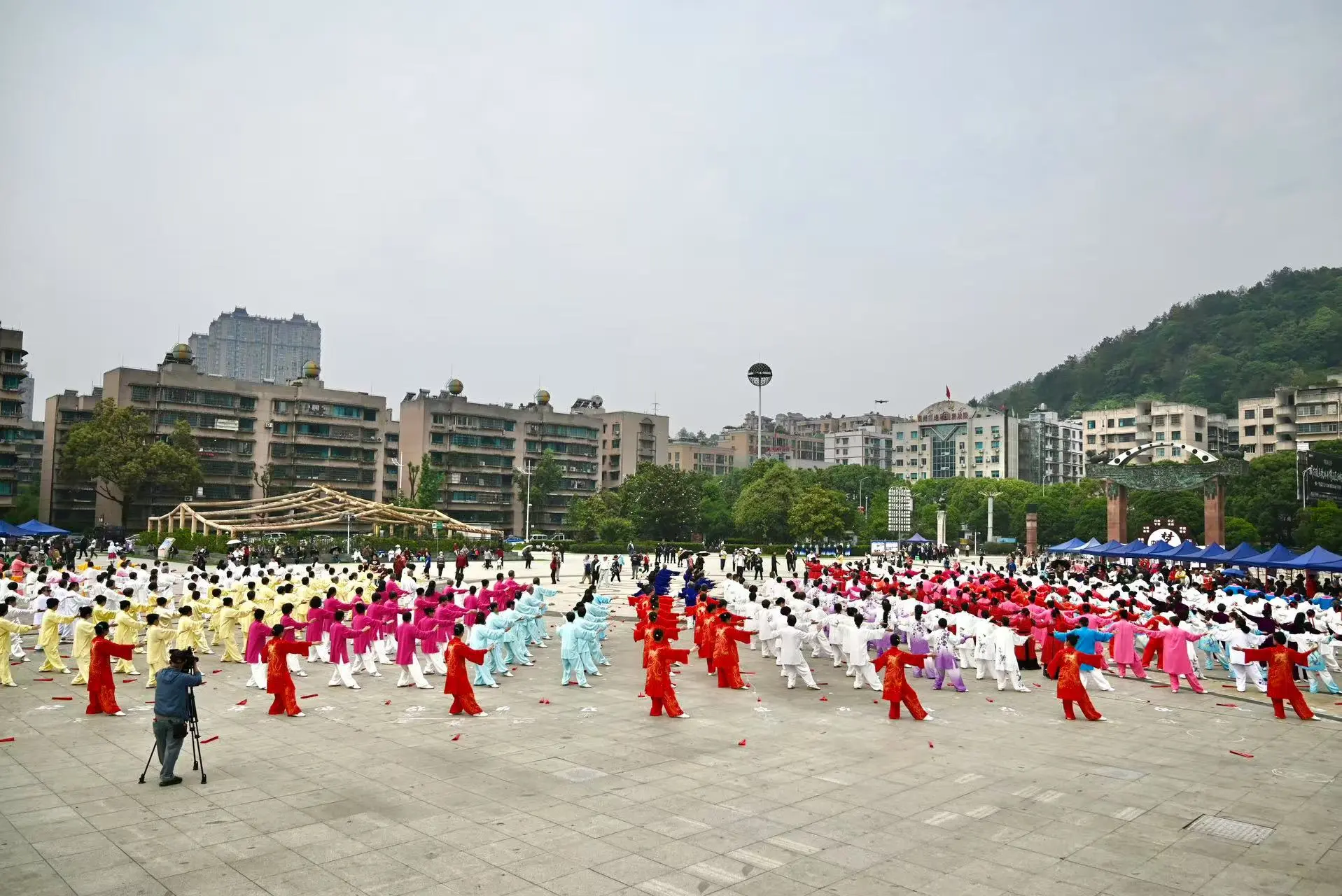
progress tracking in tai chi practice
Documenting progress maintains motivation in tai chi’s gradual journey.
Keep a simple journal noting breakthroughs like first balanced one-legged stance or completing a form without prompts. Video recordings every few months reveal subtle improvements hard to perceive daily.
I still have my first practice video – comparing it to current ability shows how far I’ve come. Celebrate small victories: smoother transitions, deeper relaxation, or simply remembering sequences better. The Tai Chi Association suggests setting three-month skill goals rather than daily expectations. Many beginners find progress accelerates after the initial learning curve – what felt impossible at week two becomes effortless by week eight. Remember, tai chi mastery isn’t linear; plateaus are normal. Sometimes stepping back for a week allows skills to integrate subconsciously.
Tai chi offers beginners a rewarding journey that improves both body and mind.
By starting with proper fundamentals – choosing the right style, mastering basics, and establishing consistent practice – you’ll build a strong foundation for lifelong benefits. Remember that every expert was once a beginner struggling with the same challenges you face now.
The key is patience and persistence; progress comes through regular practice, not overnight. Why not take the first step today? Find a local class or try a beginner video – your future self will thank you for starting this transformative practice. As the ancient tai chi masters say, A journey of a thousand miles begins with a single step – or in this case, a single graceful movement.
